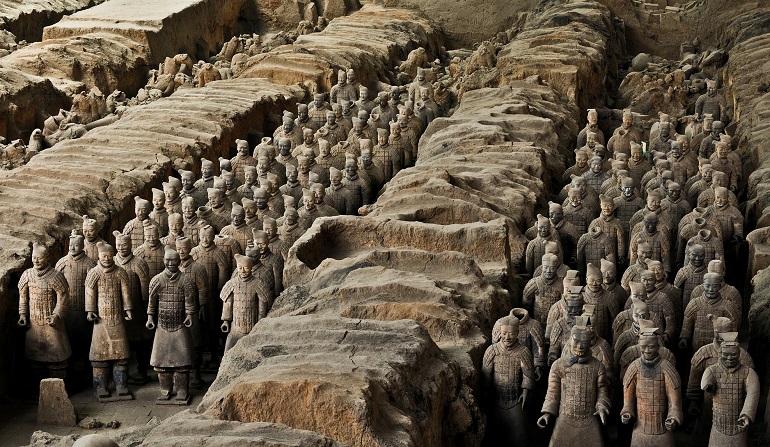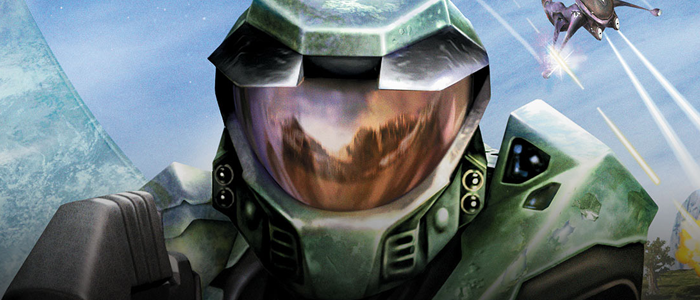Last time on Craft (Adventure) we talked about how to create a memorable and effective single combat encounter with a BBEG or other nasty foe. This time, I’d like to take a look at building encounters where the PCs get to combat multiple smaller foes. Lets take a look at some of the advantages and disadvantages of encounters with lots of creatures on the board.
Action Economy
When the PCs are rolling initiative against greater numbers, they need to make every action count because the enemy is going to get more opportunities for carnage. In our solo combat discussion, we talked about how the big bad had to make maximum use of every round to keep pressure on the PCs. When you’re pitting the PCs against a large number, you don’t need every action to count. The fact that the bad guys only have a 30% chance to connect with an average PC is ok. All those missed attacks will make a PC feel powerful, perhaps invincible. I would try and include some gang-up style tactics for GMs so they know what to do if the PCs are just invincible. Flanking and Aid Another can really turn the math in the NPC’s advantage, so let the GM know to use those methods in your Tactics section.
Rare Abilities
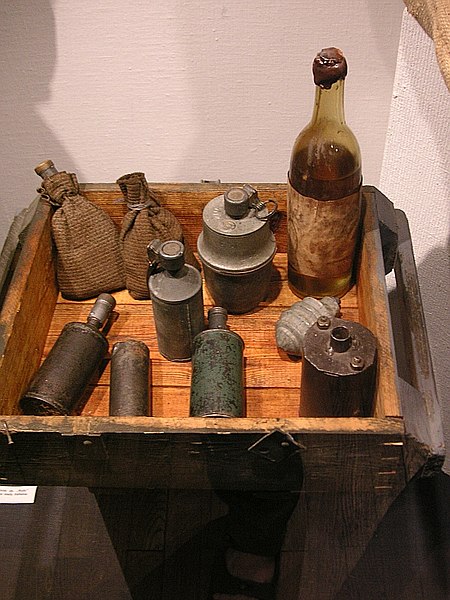 Where area of effect attacks were fantastic with a solo creature, it can quickly overwhelm a party when they’re getting 5 or 6 in a single round. 3rd level PCs vs. 6 goblins might seem like a fair fight, but if you give each of those goblins a bottle of alchemist fire you’re going to have one or more overcooked PCs. Giving the creatures slightly more reliable touch attack isn’t a bad plan to keep the threat level up, but watch out that you’re not overwhelming them with automatic damage. In a case like this I might give each of the goblins one alchemical weapon, but only have 2 of them do damage, for example: alchemist’s fire (2), tanglefoot bag (2), thunderstone (2). Now they each have a fun toy to play with, but the PCs are only going to get blasted by damage twice.
Where area of effect attacks were fantastic with a solo creature, it can quickly overwhelm a party when they’re getting 5 or 6 in a single round. 3rd level PCs vs. 6 goblins might seem like a fair fight, but if you give each of those goblins a bottle of alchemist fire you’re going to have one or more overcooked PCs. Giving the creatures slightly more reliable touch attack isn’t a bad plan to keep the threat level up, but watch out that you’re not overwhelming them with automatic damage. In a case like this I might give each of the goblins one alchemical weapon, but only have 2 of them do damage, for example: alchemist’s fire (2), tanglefoot bag (2), thunderstone (2). Now they each have a fun toy to play with, but the PCs are only going to get blasted by damage twice.
My general rule is to keep fights against large numbers of creatures relatively simple, in terms of the NPC or monster stat blocks. If you choose to give them a pile of complicated abilities, you’ll soon find yourself overwhelmed with tracking per day use and spell slots.
Positioning
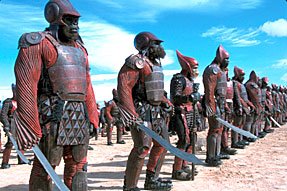 One big question to ask yourself when creating an encounter with lots of foes is, “Where am I going to put them all?” There’s no correct answer to this, it depends on the story elements of the encounter and whether or not you want your party to feel amazing as they fireball a big group of baddies. Sometimes this is exactly what you’re going for; you know the PCs should have just hit 5th level and the wizard is chomping at the bit to incinerate an encounter with one well placed explosion. In these instances, I’d recommend placing them all in a loose grouping so that a 20 ft. radius ball of energy can hit most or all of them. They may spread out after the GM has had a chance to have them move, but it does give that enterprising PC the opportunity for mayhem.
One big question to ask yourself when creating an encounter with lots of foes is, “Where am I going to put them all?” There’s no correct answer to this, it depends on the story elements of the encounter and whether or not you want your party to feel amazing as they fireball a big group of baddies. Sometimes this is exactly what you’re going for; you know the PCs should have just hit 5th level and the wizard is chomping at the bit to incinerate an encounter with one well placed explosion. In these instances, I’d recommend placing them all in a loose grouping so that a 20 ft. radius ball of energy can hit most or all of them. They may spread out after the GM has had a chance to have them move, but it does give that enterprising PC the opportunity for mayhem.
On the other hand, if you don’t want the combat to be over too quickly, or you’re going for a story moment where the PCs are surrounded, then spread them out, perhaps into small groups so only 2 or 3 creatures can be blasted at once. In this case I would also try and make the terrain advantages to the monsters so that the PCs feel like this is more of a threat.
Traps, Hazards, and Terrain
Just like in a big solo fight, environmental effects can greatly enhance a fight against multiple foes. Kolbolds are a far more interesting fight if they’re manually setting off traps, or luring PCs into traps. A hazard such as a cliff-side or white water rapids can make a fight against a bunch of bow wielding goblins more interesting. Sure the foes are weak, but if you have to cross a river or climb a cliff to get to them, then the difficulty of the combat is about the terrain instead of weak monsters. Just a patch of rough terrain can also slow down melee PCs enough to keep those goblins harassing them with arrows for another round or two.
Advanced Tools
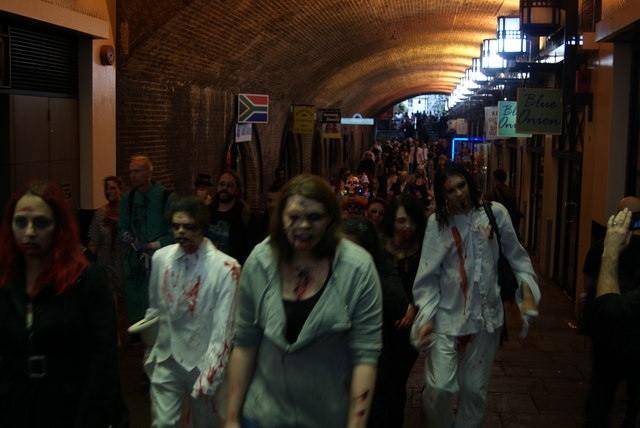 Over the years, Paizo and third party publishers have come up with some neat ways to make fights against large numbers seem really epic while still threatening the PCs without overwhelming them. One of the big ones from Paizo is the invention of the troop subtype. Introduced in the Reign of Winter adventure path, a troop is kind of like a swarm of small or larger creatures. It consists of a 20 ft. by 20 ft. block of creatures, that’s 16 small or medium sized foes representing this horde of enemies. Like swarms, they take more damage from area effects, deal automatic damage without having to make an attack roll, and are immune to spells that target individual creatures. However, because they’re small and medium sized, weapon damage works against them normally so they’re not as notoriously difficult to defeat. If you’ve not tried a troop before, include one in your next turn-over, just be sure to play test it first to make sure it’s working the way you want. If 6 goblins don’t scare you PCs, then a troop of 16 should.
Over the years, Paizo and third party publishers have come up with some neat ways to make fights against large numbers seem really epic while still threatening the PCs without overwhelming them. One of the big ones from Paizo is the invention of the troop subtype. Introduced in the Reign of Winter adventure path, a troop is kind of like a swarm of small or larger creatures. It consists of a 20 ft. by 20 ft. block of creatures, that’s 16 small or medium sized foes representing this horde of enemies. Like swarms, they take more damage from area effects, deal automatic damage without having to make an attack roll, and are immune to spells that target individual creatures. However, because they’re small and medium sized, weapon damage works against them normally so they’re not as notoriously difficult to defeat. If you’ve not tried a troop before, include one in your next turn-over, just be sure to play test it first to make sure it’s working the way you want. If 6 goblins don’t scare you PCs, then a troop of 16 should.
If swarms and troops are not your style, then you can try a fairly popular game mechanic introduced in Dungeons & Dragons 4th edition: minions. They simplified the stat blocks for these nearly disposable monsters. You didn’t have to track hit points and roll for damage; you simply rolled to hit, did a static amount of damage, and when the minion was successfully hit it perished. This made tracking and running large groups of enemies fun and simple. Minotaur Games updated this idea for Pathfinder, calling them Underlings. I’ve used them and played against them and the results are quite satisfying.

